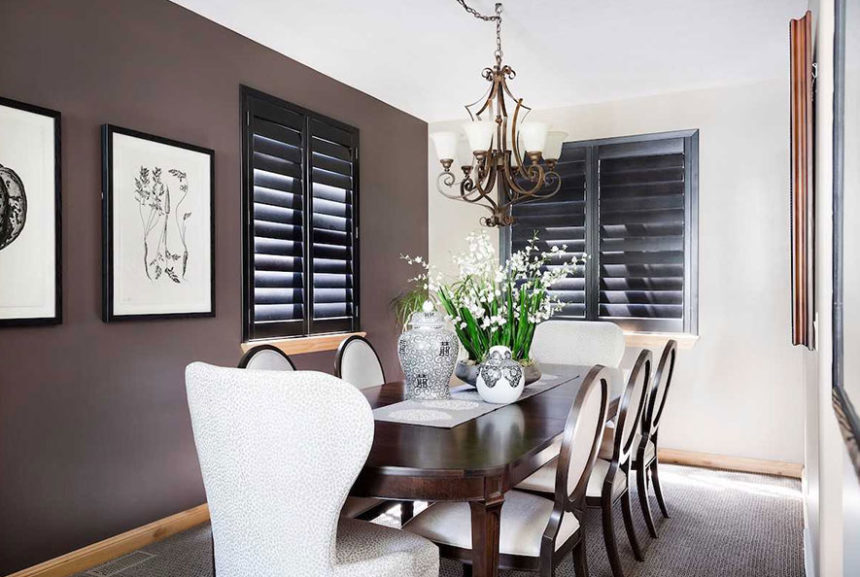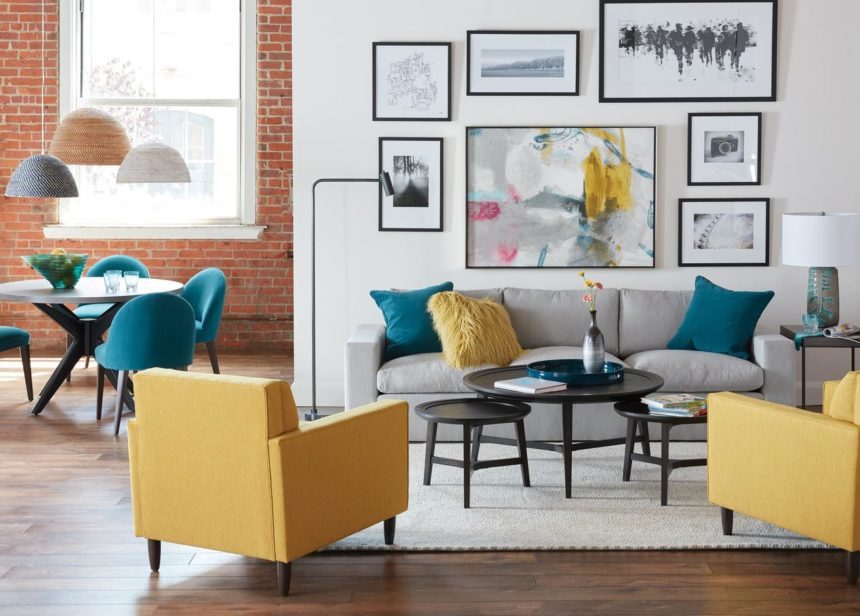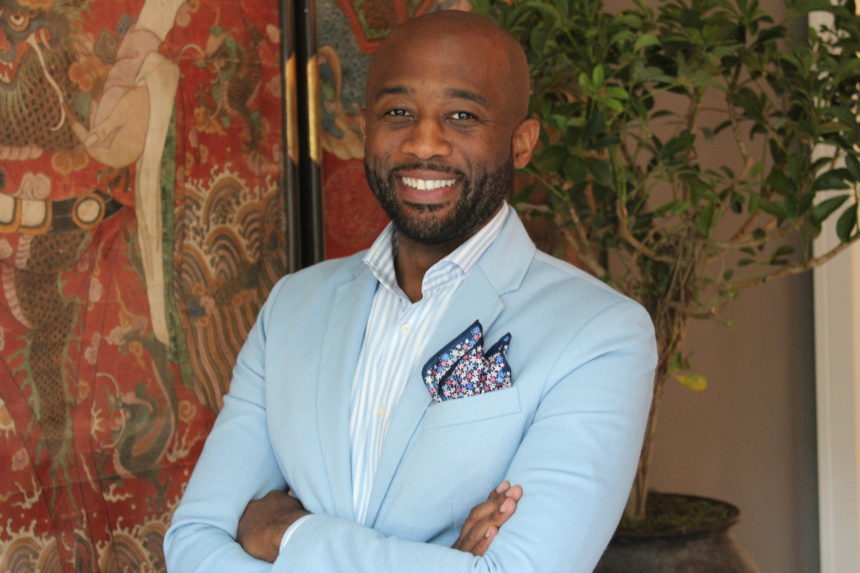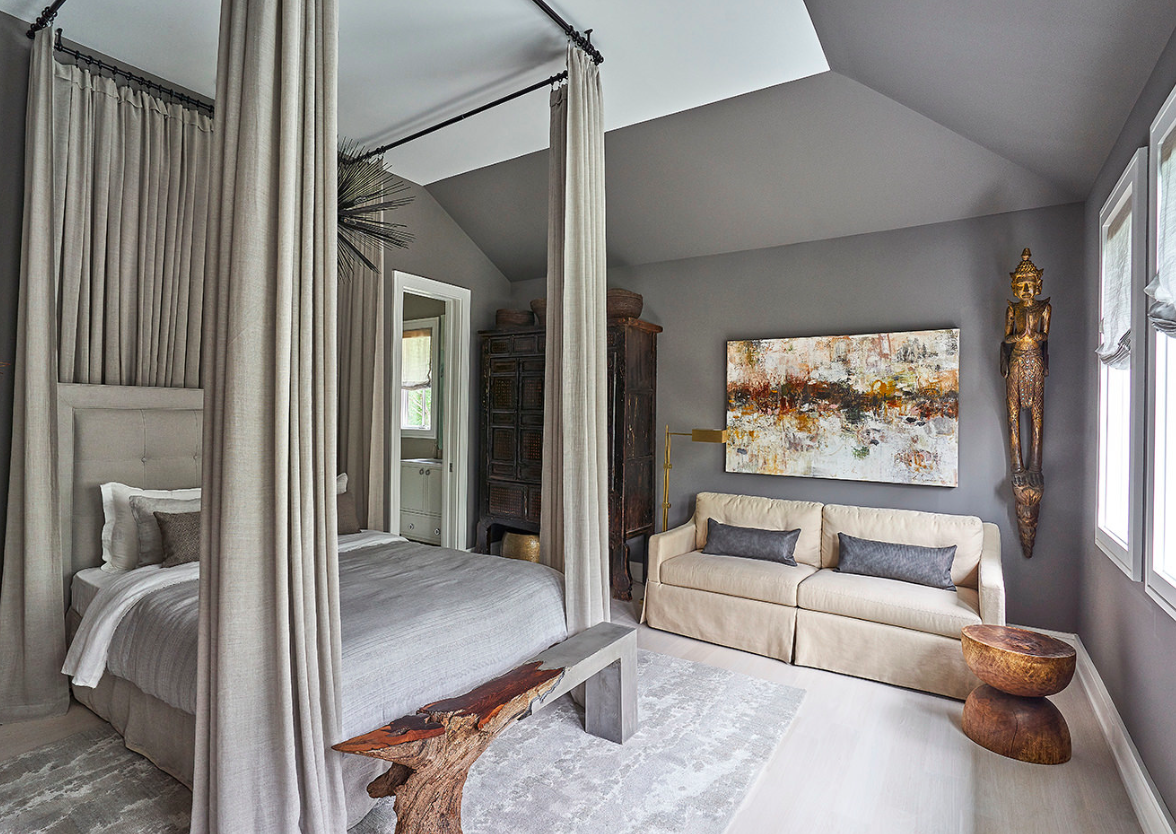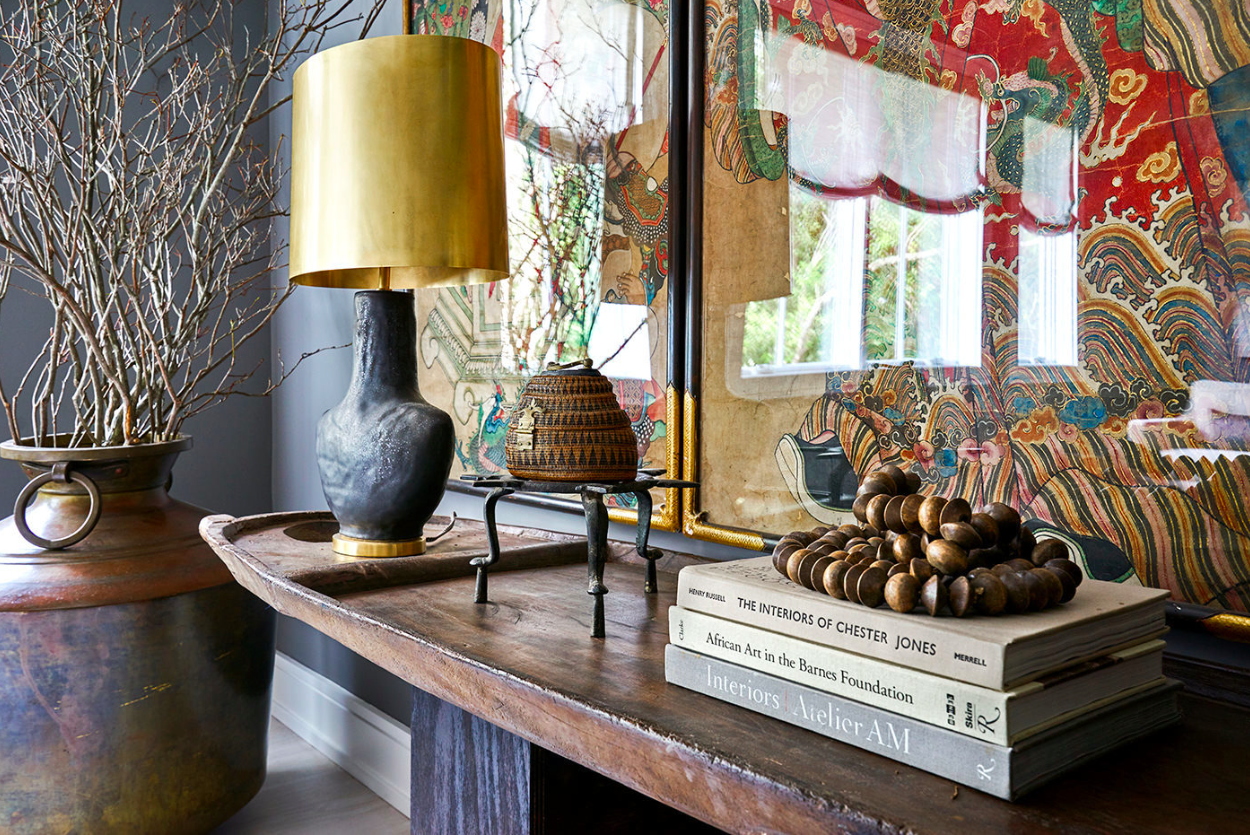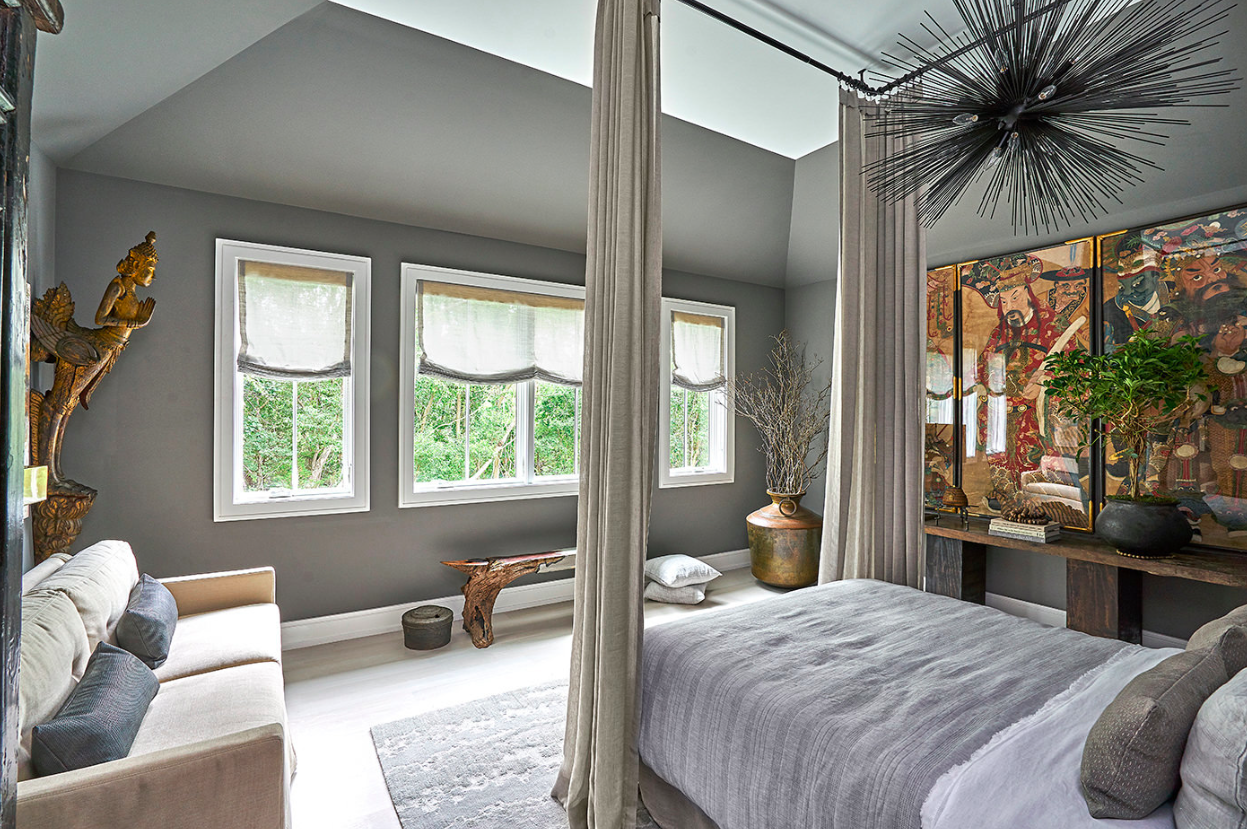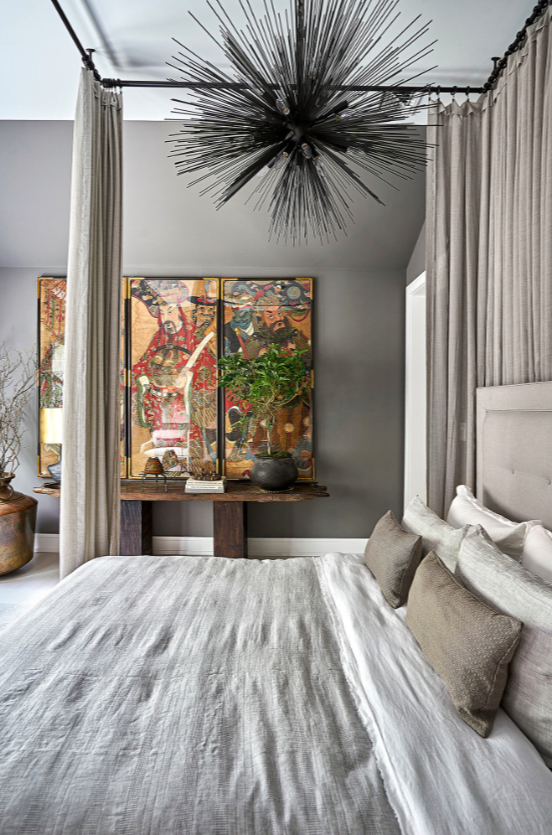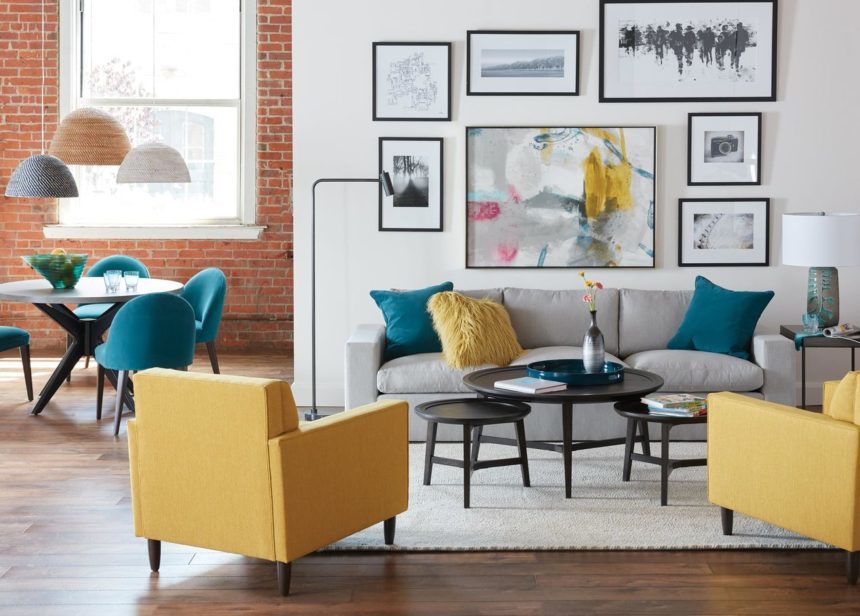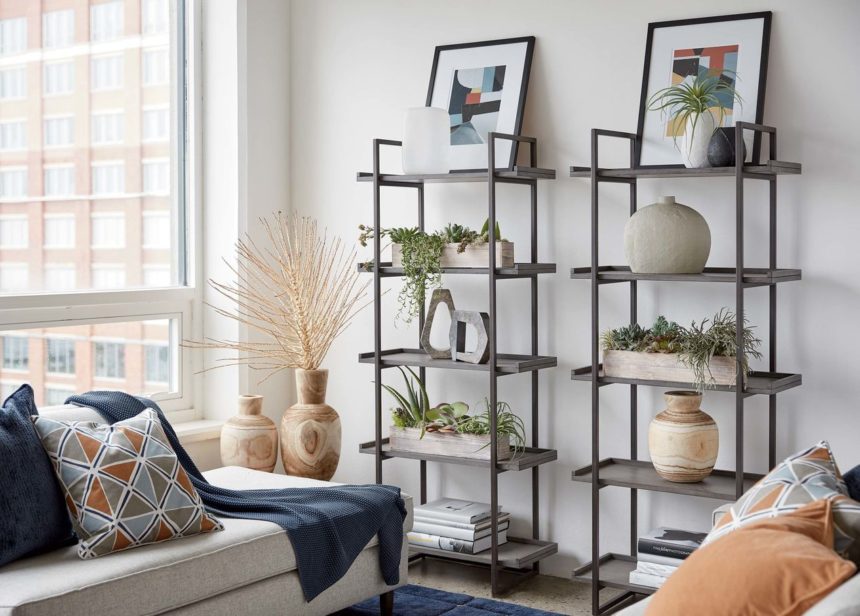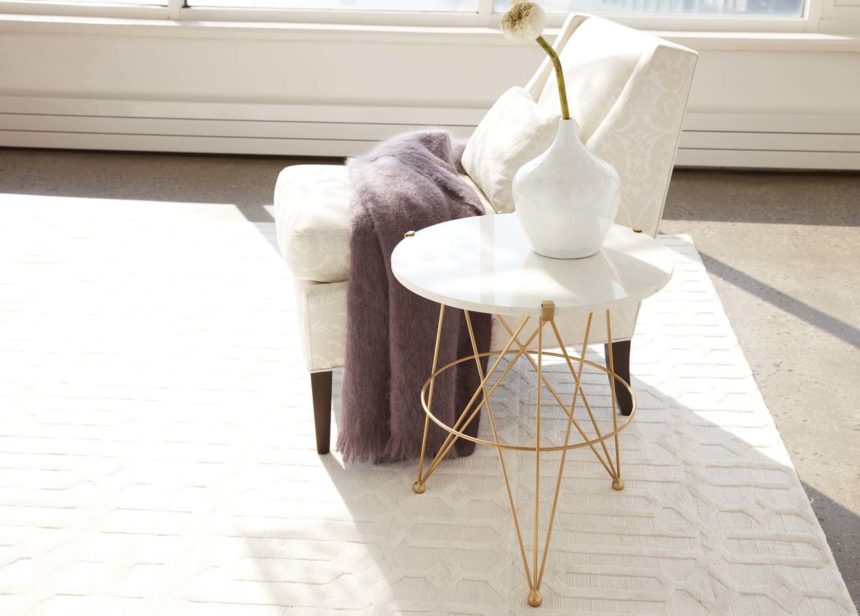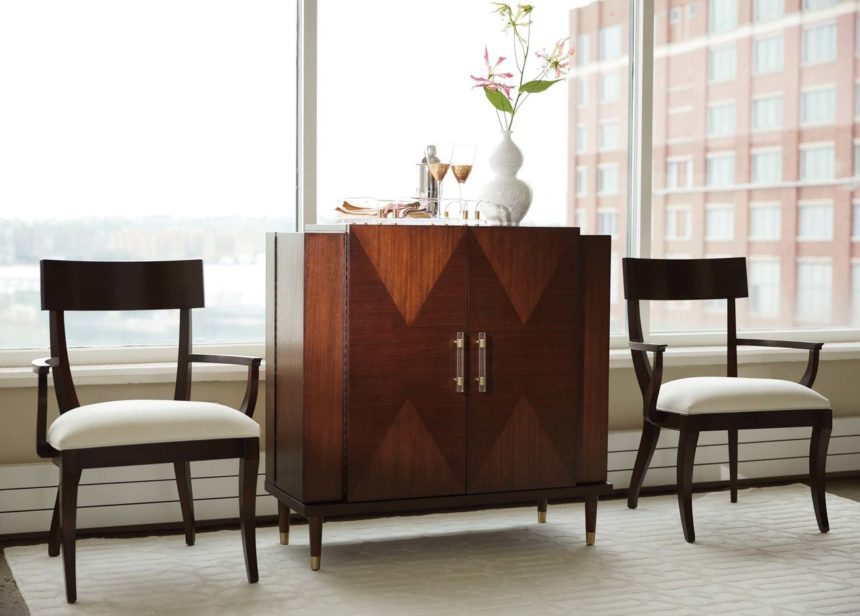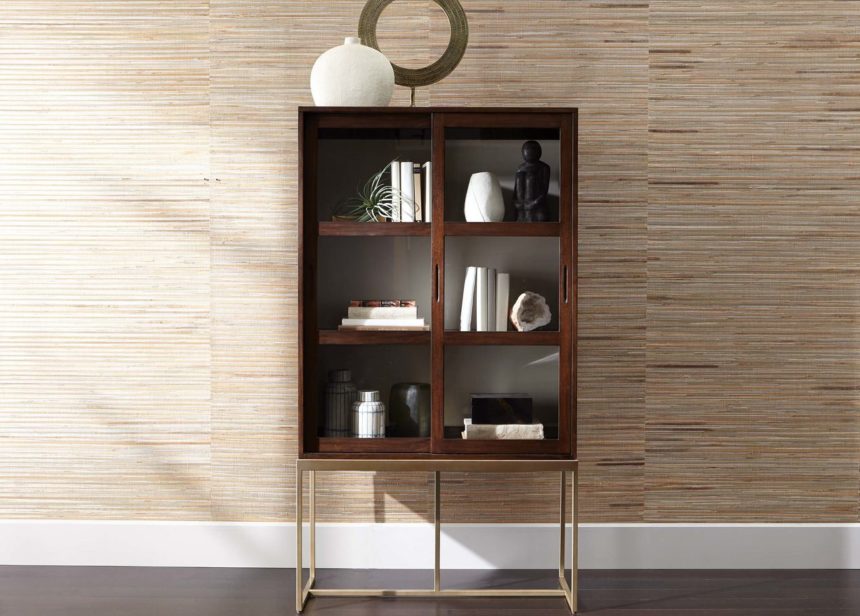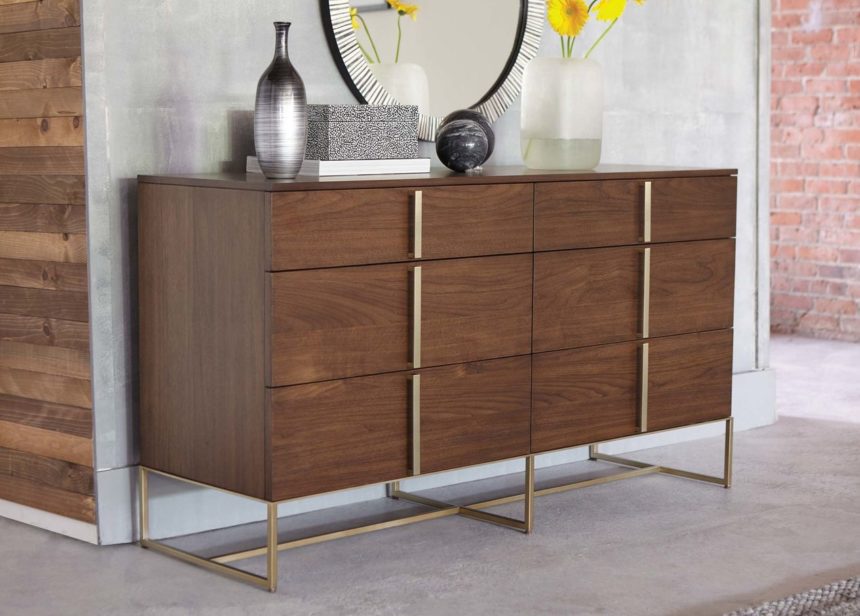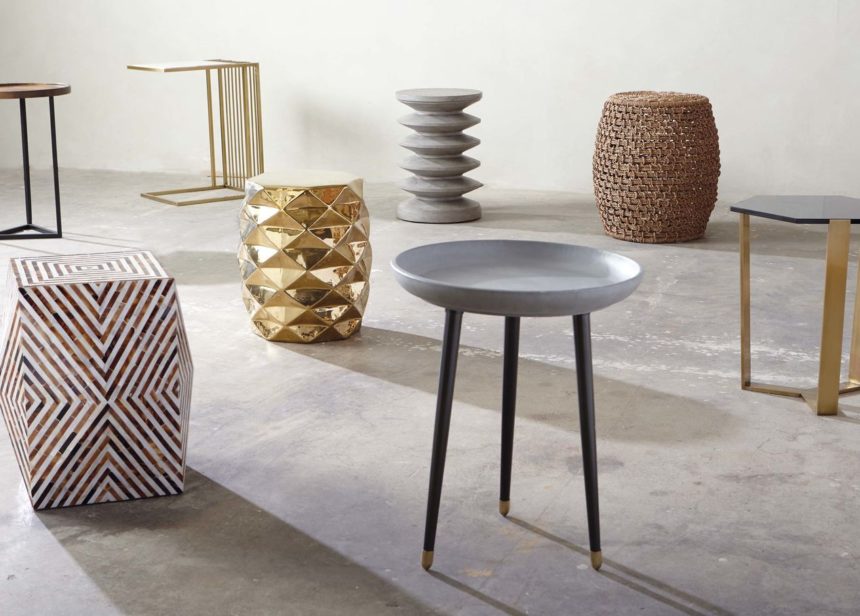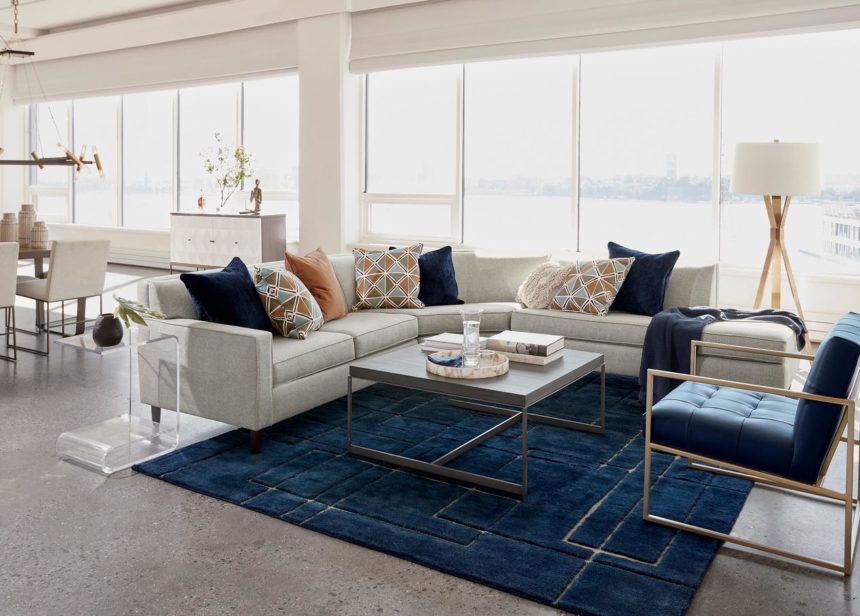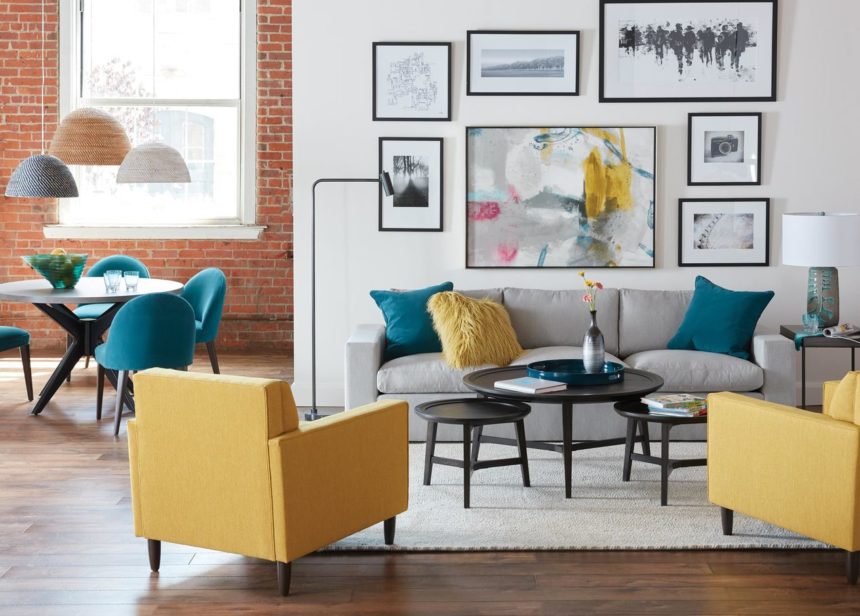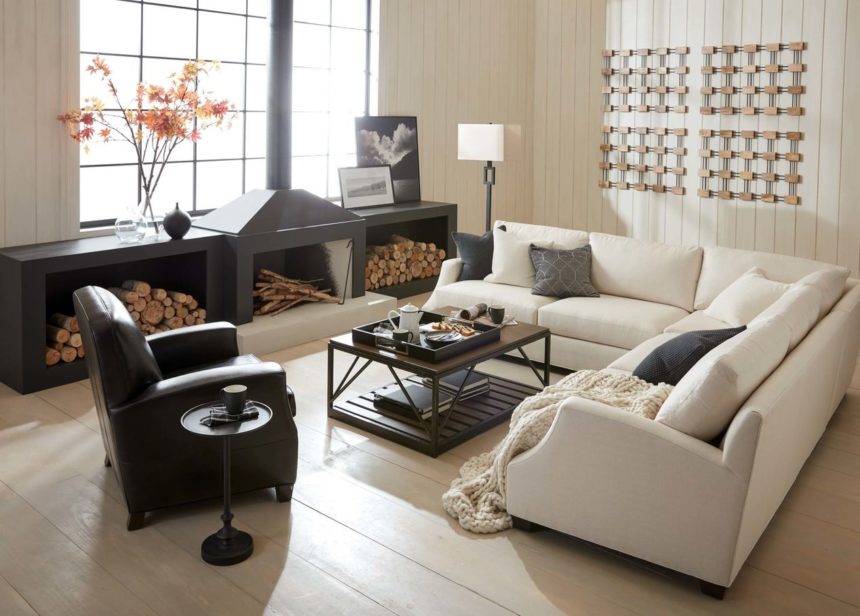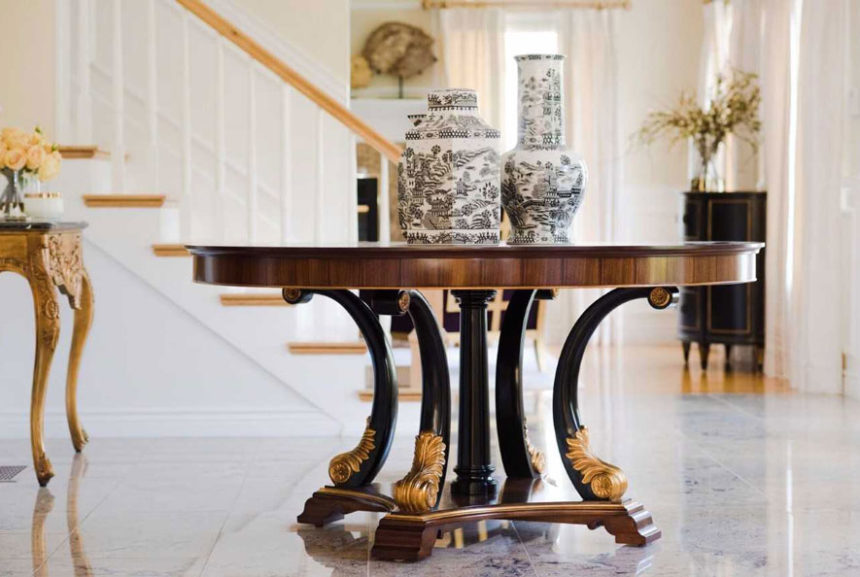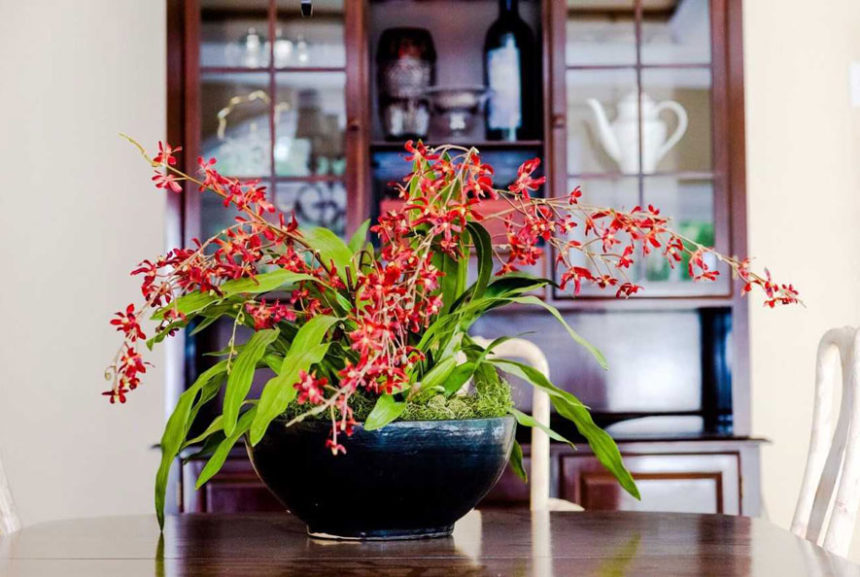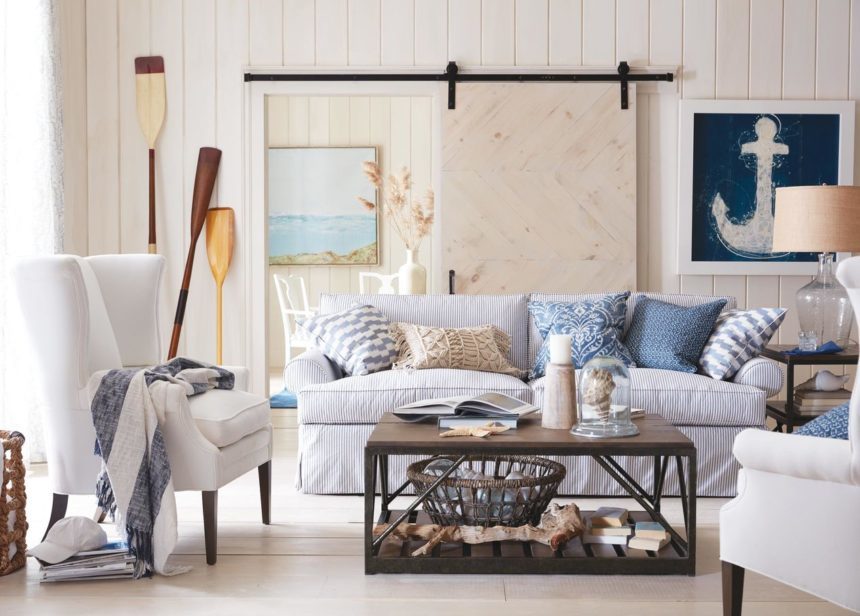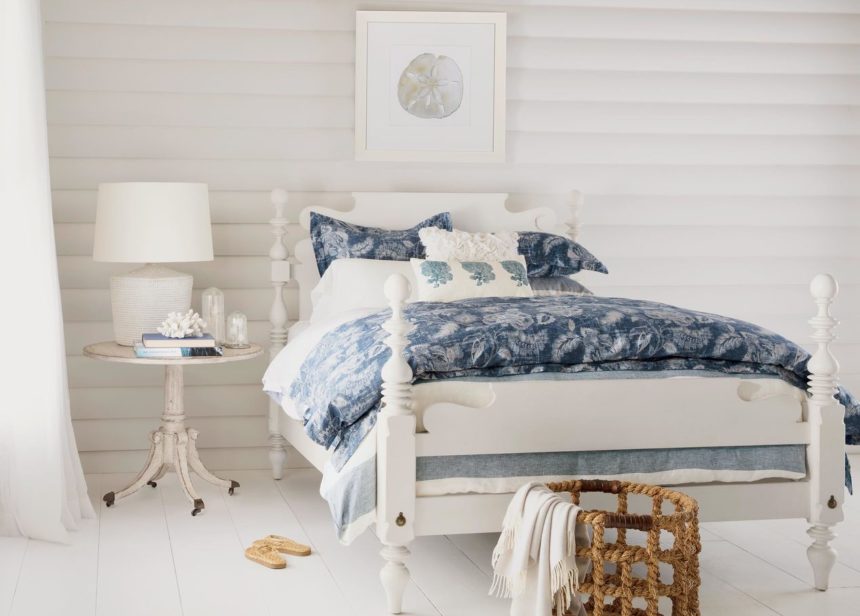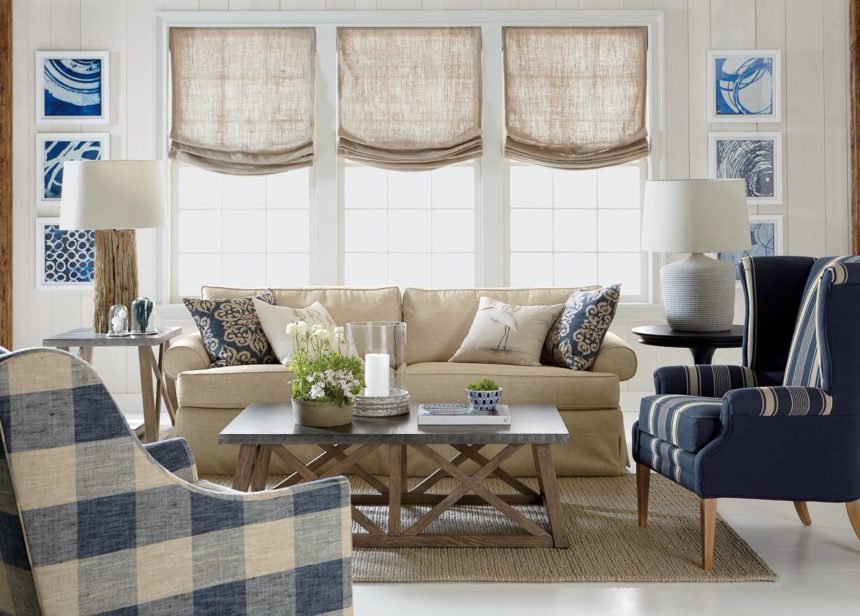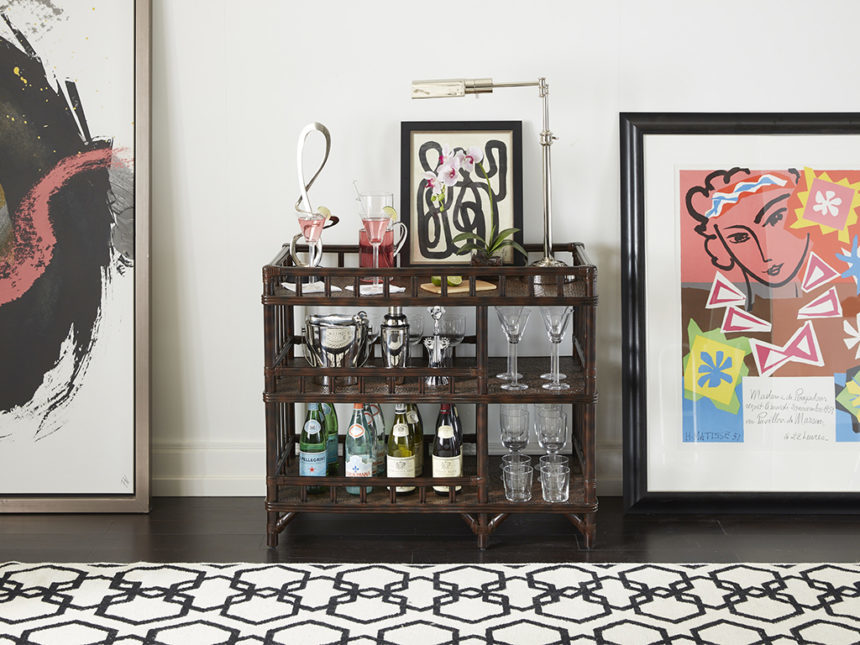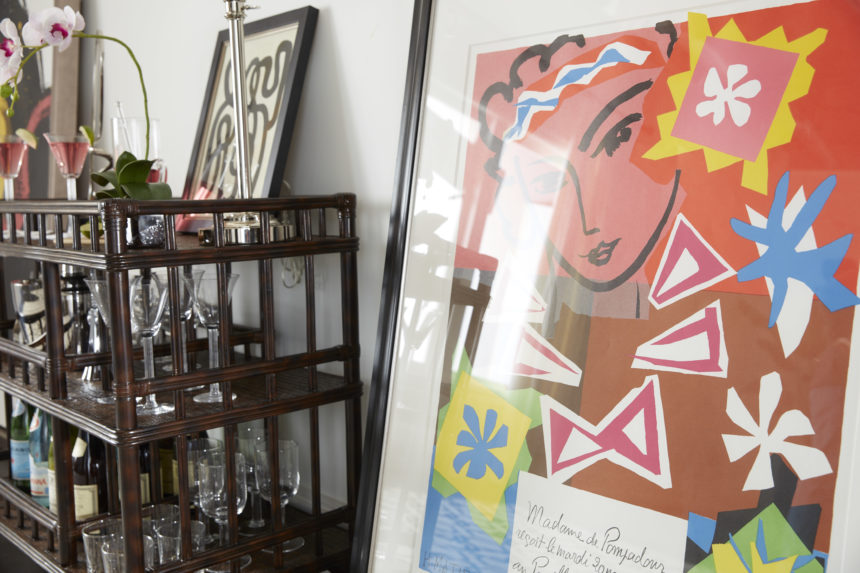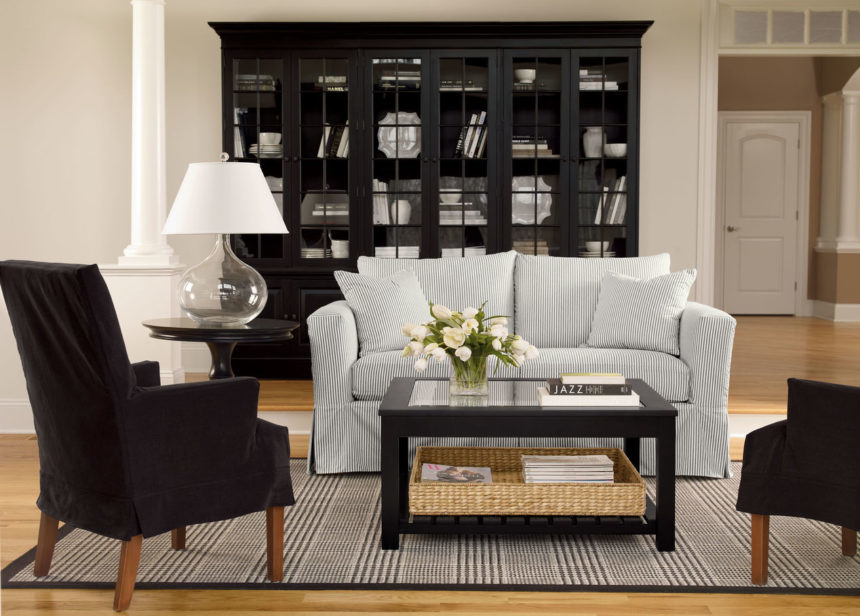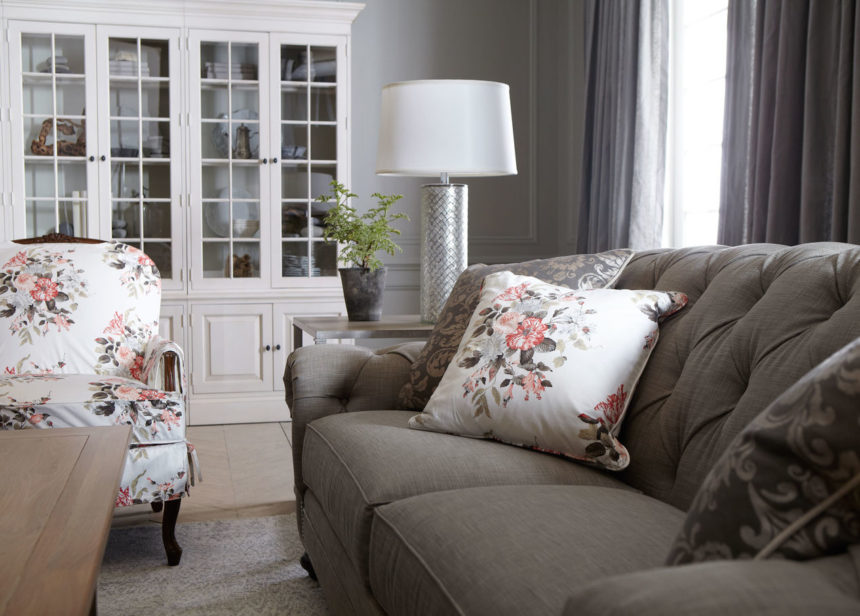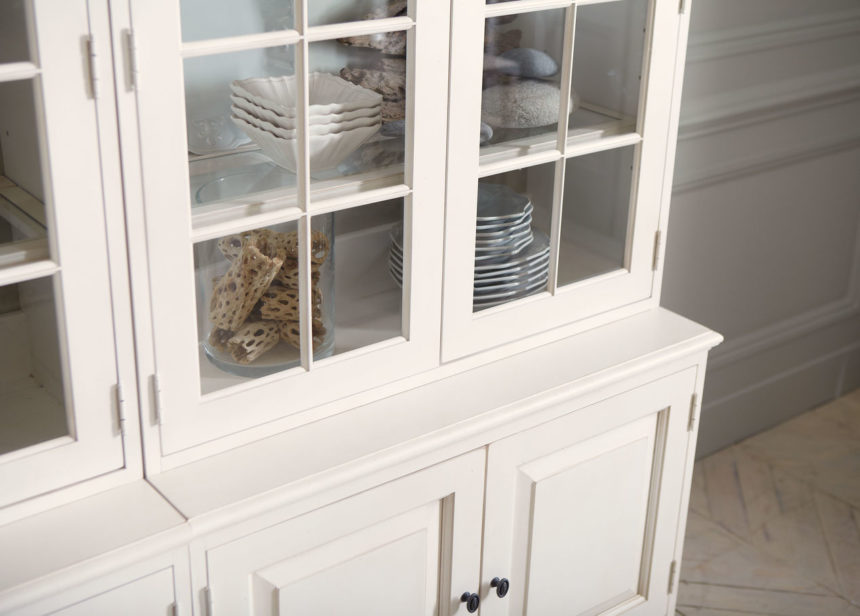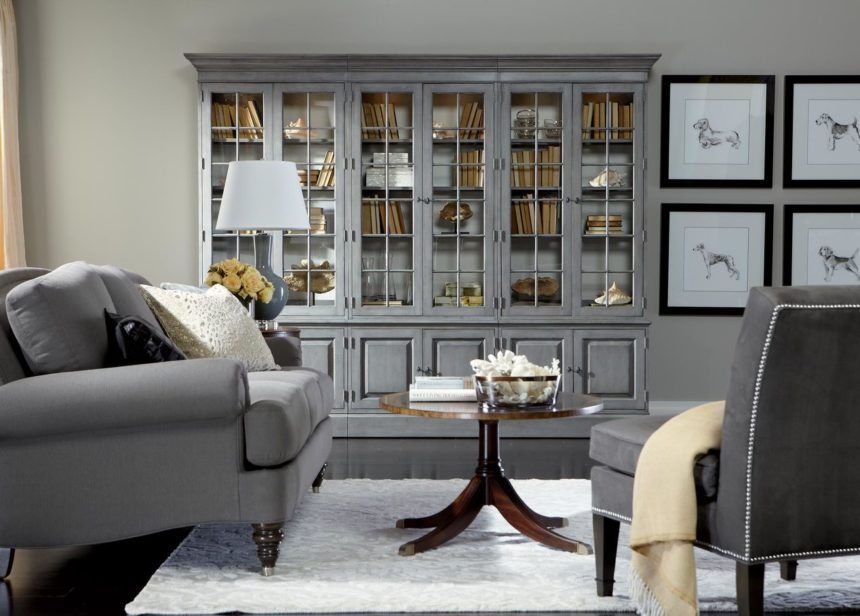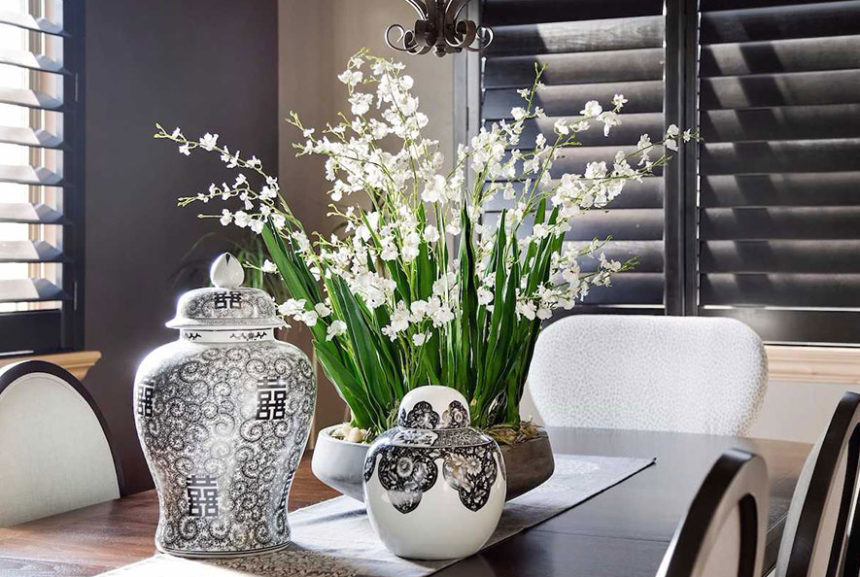
MEET ETHAN ALLEN DESIGN STAR DIANE HILL
Our designers are among the best in the business—and we’re always on the lookout for the best among them. When we discover a gifted designer—like Diane Hill from our Sandy, Utah, Design Center—who represents the essence of Ethan Allen, we know we’ve found our latest Design Star! Meet Diane in this exclusive interior designer interview. Find out what inspires her, what projects are her favorites, and what she brings to the design table. Take a peek into the life of an interior designer who truly loves her work—and makes beautiful homes happen every day.
Tell us a little about yourself:
I grew up in Ontario near the Great Lakes, in a small town called Corunna. I now live with my husband, Jon, in West Valley City, Utah. We’ve been married for 41 years and have five children; we will have ten grandchildren in October—two girls and eight boys. I enjoy reading historical novels, gardening, sewing, and building birdhouses. I enjoy listening to a variety of music, including gospel, classical, and soft rock.
Professional experience.
I studied interior design at Brigham Young University and have worked in the design field for more than 30 years, including doing home sales and kitchen design. For many years I was an independent designer and Hunter Douglas dealer, doing space planning, full design, and window treatments. I also worked for a tile showroom before coming to EA. I am a member of ASID and BNI, a networking organization.
What has contributed to your success as an EA designer?
The sales training I’ve had over the years has definitely contributed to my success. Because I’ve held a variety of jobs, I’ve learned about a wide range of design products, including fabrics, tile, carpeting, flooring, lighting, and more.
What do you want your clients to know about you?
I want them to know that I design for them, not for a look that I want in their home. I’d like them to know about my educational and professional background, but mostly how I love to create a place they want to come home to.
How would you describe the style/décor of your home?
I have an eclectic home, with a variety of traditional and transitional pieces, along with a collection of old books and artifacts. It’s a comfortable, sophisticated cottage.
What is your favorite aspect of the job? Why?
I enjoy discovering what clients like and what makes them feel comfortable. And I love solving difficult space and color challenges.
What is your favorite Ethan Allen piece? Why?
The Arcata sofa is my favorite piece because of its versatility. It has nice, clean lines and lends itself to traditional, transitional, or contemporary styles.
What does every room need? Why?
Every room needs accessories; they’re the icing on the cake. Without them, a room looks unfinished.
Tell us about a favorite Ethan Allen project:
The client was a widow in her mid-70s who hadn’t made any changes to her condo or furniture since the 1980s. We did three rooms from top to bottom—including paint, flooring, and countertops. At delivery, it was like Christmas; she was surprised at how everything worked together. She’d wanted her home to be restful and beautiful, and to reflect her taste. In the end it was exactly the calm, pretty condo she envisioned.
What’s your all-time favorite design tip?
When choosing paint, choose three colors and paint each color on three pieces of foam board that’s at least the size of a sheet of notebook paper. Place the nine boards in different areas of a room to see how the light affects them and how they change color over the course of a day. Live with them for at least a week before you decide.
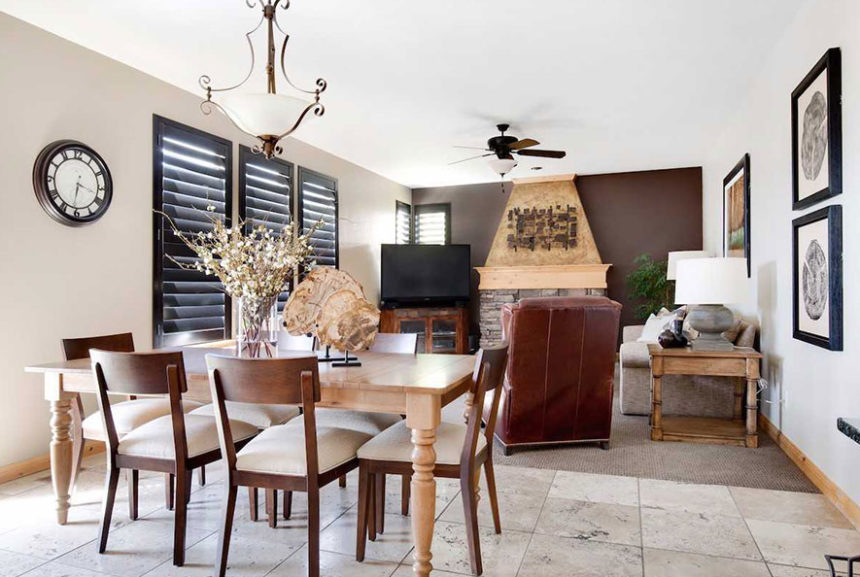

See more of Diane’s work on Houzz: houzz.com/pro/dhill64. To see more beautiful rooms by designers like Diane, subscribe to The Art of Making Home.

